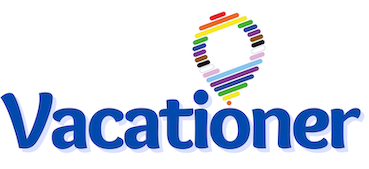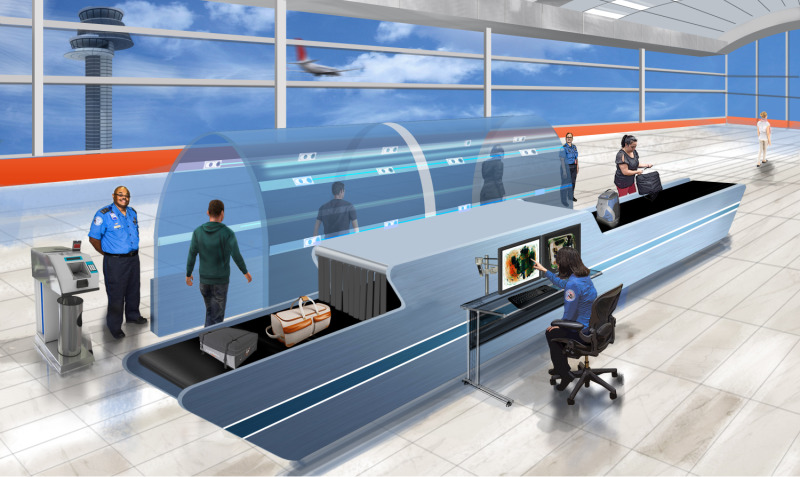TSA Rolling Out Self-Service Screening at Las Vegas Airport
As the number of air travelers continues to rise and exceed pre-pandemic levels in the US, the Science and Technology Directorate’s Screening at Speed Program – a new self-service screening system is scheduled to begin in January at the Harry Reid Airport in Las Vegas, Nevada.
The pilot self-service screening program would allow PreCheck passengers to complete the screening process with minimal to no assistance from Transportation Security Officers (TSOs). TSOs from the airport have already been trained on how to operate the system and help travelers navigate the self-service screening process.
The Science and Technology Directorate (S&T) and the Transportation Security Administration (TSA) will also be giving the public a virtual reality walkthrough of the Micro-X self-screening system at their booths at the Consumer Electronics Show in Las Vegas in January.
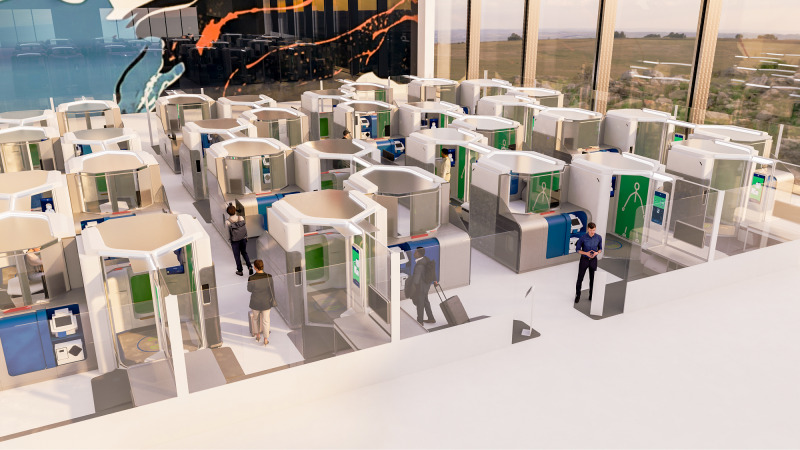
Micro-X has already begun building the first self-service screening pod, scheduled to be tested in 2025. The goal is to integrate multiple pods into one full screening lane to accommodate multiple travelers simultaneously.
“Like self-ordering kiosks at fast food and sit-down restaurants, self-screening allows passengers in the Trusted Traveler Program to complete the security screening process on their own,” said Dr. John Fortune, Screening at Speed Program Manager. “Travelers will use passenger and carry-on screening systems at individual consoles or screening lanes themselves, reducing the number of pat-downs and bag inspections TSOs need to perform and freeing their time to be reallocated to the busier aspects of screening operations.” Fortune said the feedback received during the testing from both mock passengers and TSOs had been “incredibly positive.”
Investing in the Future of Air Travel
The joint effort between the S&T and TSA will focus on reducing checkpoint wait times which will benefit passengers and TSOs. The new self-service screening process is also expected to keep travelers and TSOs safer by minimizing person-to-person contact, reducing the number of bags TSOs have to pick up and move around, which will allow passengers to proceed at their own pace.
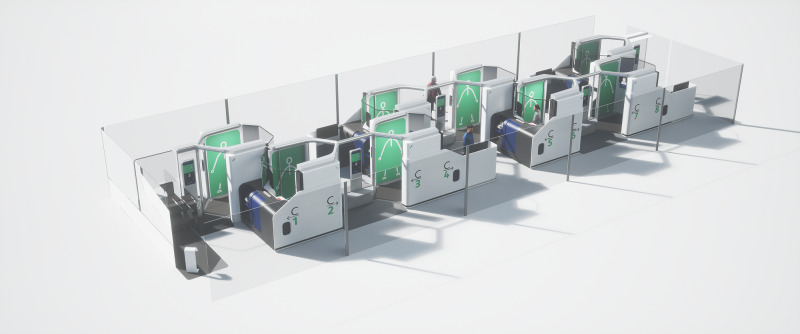
In 2021, S&T awarded four contracts to three companies: Micro-X of Federal Way, Washington; Vanderlande Industries Inc. of Marietta, Georgia; and Voxel Radar of San Francisco. All were charged with developing self-screening concepts, prototypes, and hardware such as Micro-X’s pod-based design for passengers to use individual screening consoles consisting of a compact carry-on screening system and a flat panne passenger screen capability that provides feedback to the passenger if additional screening is required.
Voxel Radar is developing in-motion panel sensors to line walls or curved surfaces, so passengers are screened in near real-time while removing belongings, or, possibly in the future, as they walk through a checkpoint.
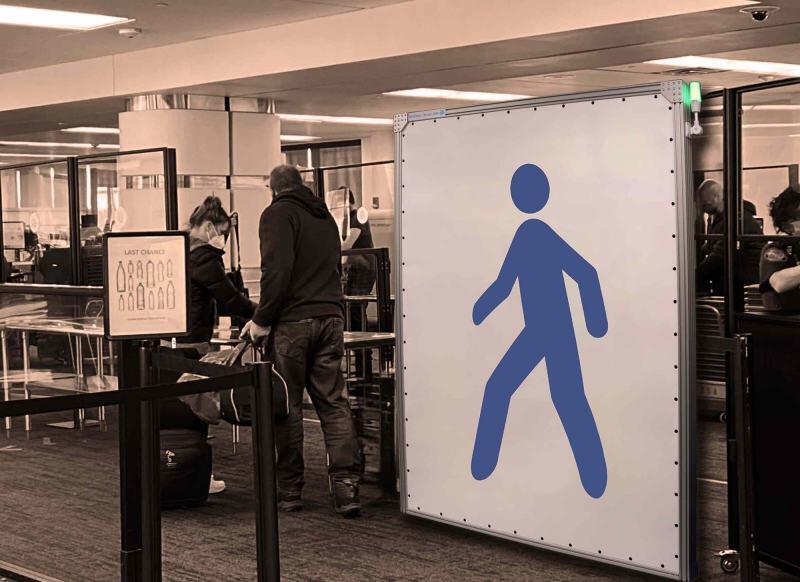
Vanderlande’s prototype, the PAX MX2, is a combo of a carry-on bag conveyance system with new and existing Transportation Security Equipment to create four integrated stations for one checkpoint lane. Each station includes a video monitor with multi-step instructions and a help button that connects to a live TSO for assistance as needed.
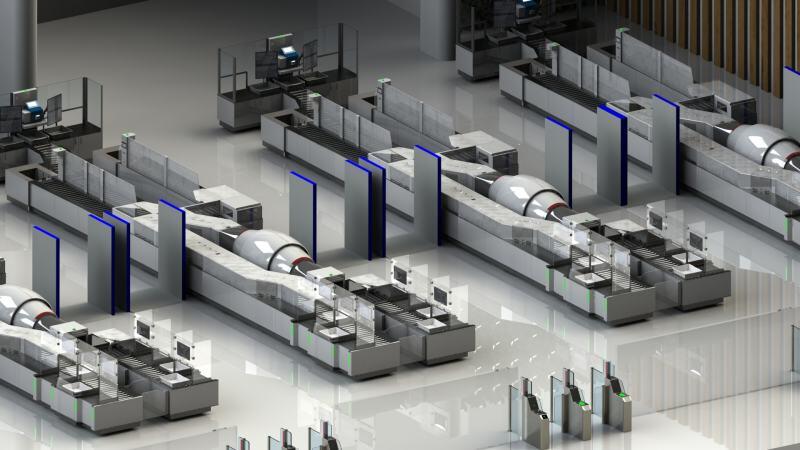
This prototype also includes a screening portal with automated entry and exit doors. Suppose a passenger doesn’t pass initial screening due to an item left in their pocket or a similar issue. In that case, the entry door reopens so passengers can remove items before being re-screened in the passenger portal. After travelers successfully pass screening, the automatic exit door will open and usher them out to gather their personal belongings and head to their flights.
Source: U.S. Department of Homeland Security / Science and Technology
